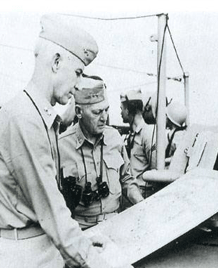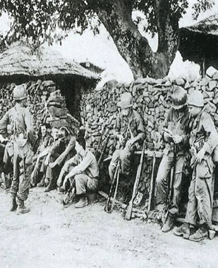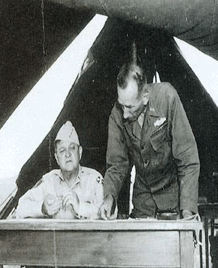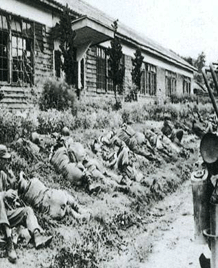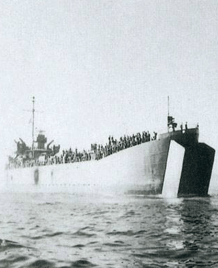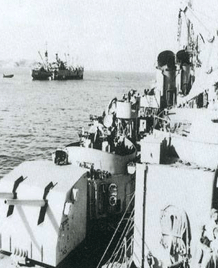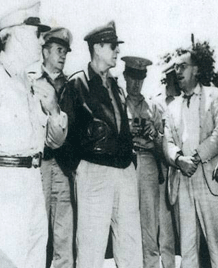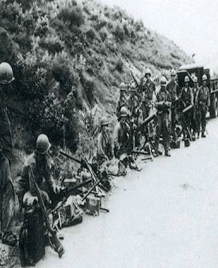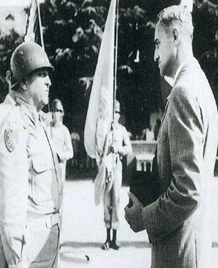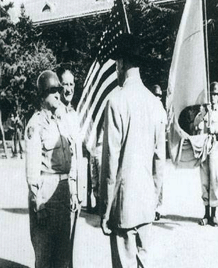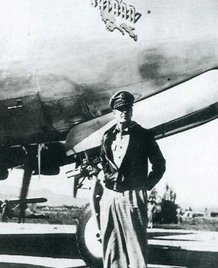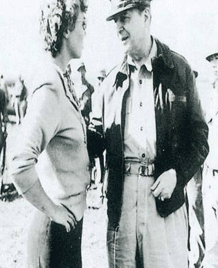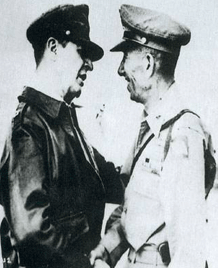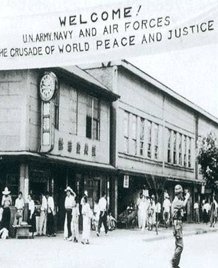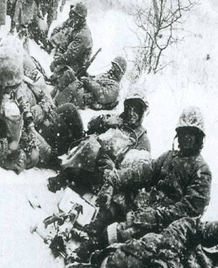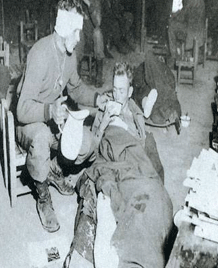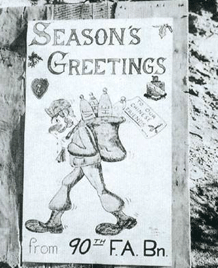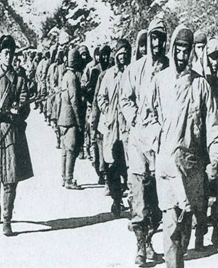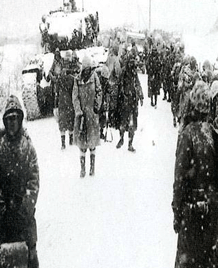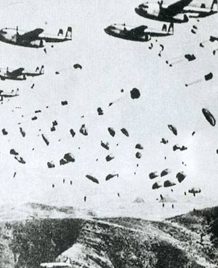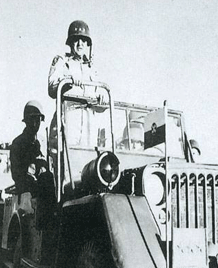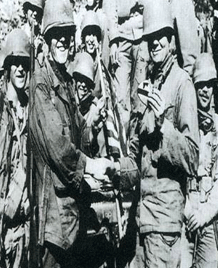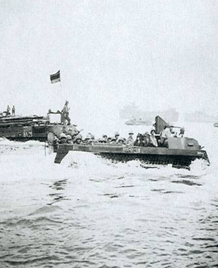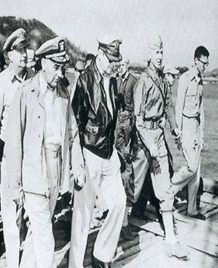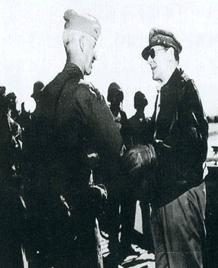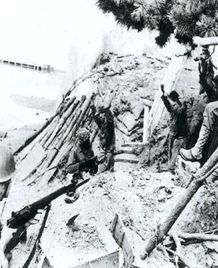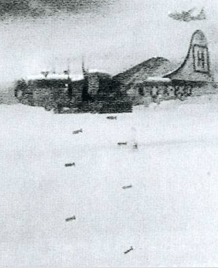 United States
United States
List for UN Allies
Background of Participation
As North Korea provoked a war against South Korea on June 25, 1950, the USA supported South Korea by widening the range of participating units and operation regions by stages : the participation of the Navy and the Air Force in operations in the southern region, the enlargement of the operation area to the north of 38th parallel, and the participation of the Army.
During the Korean War, ground forces including three Corps, eight Infantry Divisions, one Cavalry Division, one Marine Division, two Combat Regiments, and supporting units participated in the War. The Navy included the forces from the Far Eastern Navy Command, and the 7th Fleet. For the Air Force, the 5th, 13th and 20th Air Force entered into the Korean War. The USA was not only the first country which dispatched combat units to Korea, but also the country which sent armed forces in the largest scale. Moreover, as the UN Security Council had resolved to establish the UN Command(UNC), the USA commanded and controlled all UN forces through the UNC, leading the Korean War to the end.
Activity of the Ground Forces
On June 27, 1950, the USA set up the advanced command of the Far Eastern Army in Suwon. It dispatched the Task Force Smith as an advanced force. US forces engaged in its first combat in Korea when the Task Force Smith fired on 8 North Korean tanks on July 5th. The US 8th Army set up its headquarters in Daegu on July 13th. It deployed the 24th and 25th Divisions and the 1st Cavalry Divisions in Daejon. As the enemy had taken Daejon on the 20th, US forces established the Naktong River defense line on the 26th. North Korean forces unfolded an all-out offensive in August and September in order to occupy Pusan. But US forces repelled North Korean attack through fierce battles in the Naktong River, Jinju, Masan, and Daegu by September 14th. On September 15th, the 10th Corps launched the Inchon landing, and the next day, the 8th Army made an all-out counterattack along the Naktong River front. This operation was completed when the 1st Marine Division and the 7th Division recovered Seoul on September 27th.
With the Commander in Chief of UNC s order of marching north on October 2nd, US forces broke through the 38th parallel. They advanced towards the Yalu River and the Tuman River. The 8th Army in the west front and the 10th Corps in the east front launched the Thanksgiving Offensive on October 24th, expecting the end of the war. The Offensive, however, was frustrated by the unexpected entry of CCF into the war. US forces retreated to the Chongchon River by the first of November. On November 24th, US troops launched the Christmas Offensive. But this offensive was frustrated by Chinese strong resistance. In this situation, the UNC decided to withdraw to the Pyongyang-Wonsan line on November 28th. While retreating, the 2nd Division in the west front and the 1st Marine Division in the east front suffered a considerable amount of human and material damage. US forces along which had retreated to the 38th parallel by the middle of December, deployed the west front, west of the road from Pochon through Kimhwa.
On December 31, 1950, after sunset, CCF launched the New Year Offensive. Pushed by this offensive, the 8th Army handed over Seoul again to the enemy on January 4, 1951. They retreated to the Pyongtaek-Osan-Wonju-Samchok line by January 8th. The 2nd Division secured Wonju at that time through fierce offensive and defensive battles on January 17th. After maintenance, the 8th Army chased Chinese forces by launching Operation Thunderbolt on January 25th, and Operation Roundup on February 5th. Reacting from these offensives, the CCF launched the February Offensive on the 11th, but was defeated by the US 23rd Regiment in Jipyong-ri. After taking an initiative, the 8th Army launched Operation Killer on February 21st, and Operation Ripper on March 7th. Thanks to these operations, the 8th Army recovered again Seoul on March 15th. It advanced to the 38th parallel by the end of March. With Operation Rugged, it advanced further to the Kansas Line on April 6th. On April 22nd, CCF launched the April Offensive to drive UN forces out of Seoul with so-called human wave tactics using 305,000 soldiers, which was followed by the May Offensive. But the Chinese offensive was thwarted within a week by the superior air and artillery fire power of US forces. The 8th Army launched attacks throughout the entire front from May 20th. It advanced to the line connecting the lower reaches of the Han River, Munsan, Chonkok, Yonchon, Cholwon, Kimhwa, the Hill Punchbowl, Sohwa, and Kojin by the end of June. Although the front reached a lull with the opening of the armistice talks, the 1st Corps in the west front advanced to the Jamestown line, the 9th Corps in the middle front to Keumsong, and the 10th Corps in the middle east front to the Heartbreak Ridge and the Hill Punchbowl. This secured defensive advantages. On November 27, 1951, with the agreement on temporary military demarcation line, the front reached a lull. In June 1952, the 8th Army launched Operation Count to capture enemy outposts which were holding important dominant hills in the area of the 1st Corps. The 45th Division selected 11outposts as its attacking objectives, including the Hills of Baekma, Hwasalmori, T-bone, Eerie, Porkchop and Bulmo. The battles for the hills were accelerated as CCF forces began offensive operations from the summer 1952. In the beginning of October, CCF launched a pre-emptive attack on the Hills of Baekma and Hwasalmori. The 8th Army confronted this with Operation Showdown. On October 14, 1952, after a large amount of preparation fire, the 8th Army attacked the Hill Triangle. But Chinese forces stubbornly resisted. In March 1953, and the Hill Hook and Mt. Kowang near Samichon, defended by the 2nd Division, and the Hill Bulmo and Hill Porkchop, defended by the 7th Division. In this battle, the 7th Division suffered 300 casualties. On March 26th, Chinese troops attacked the Hills of Vegas, Reno, and Carson, defended by the 1st Marine Division. The fighting in the Hill Vegas was particularly bloody, in which the two sides tested the other s willingness and capability of defense rather than fought for strategic value. From May, the Communist side launched an assault by mobilizing forces in the largest scale since the Spring Offensive of 1951 in order to gain an advantageous position in the armistice talks. In particular, CCF concentrated their attack on the Keumsong area under ROK forces defense.
Activity of the Navy
The US Far Eastern Navy formed the Korea support unit with one cruiser and four destroyers on June 27th. Two days later, the Juneau, which was patrolling the East Sea, found the enemy assembling in the coast of Mukho, and fired about 400 shells. On July 2nd, the Juneau attacked and sank three North Korean torpedo boats and two gunboats off the coast of Jumunjin. This was the first and the last sea combat with North Korean warships. On July 18th, the Navy supported the 1st Cavalry Division landing at Pohang. On September 15th, it successfully supported the Operation of Inchon Landing by mobilizing 260 warships. From October 10th, it also supported the landing of the 10th Corps at Wonsan. When UN ground forces had difficulties due to the lack of supplies, the Navy transported them by mobilizing warships from November 7th.
As the US 8th Army decided to withdraw from Pyongyang in early December, the US Navy mobilized all vessels to transport the wounded, POWs, military supplies, and refugees from Jinampo to the south of the 38th parallel by December 5th. In addition, the Navy supported the 10th Corps withdrawal from Heungnam by mobilizing 125 transport ships. From February 1951, the US Navy blockaded the Wonsan port, damaging North Korean troops seriously. In early October 1952, the Navy carried out an amphibious demonstration operation by mobilizing over 100 warships in the sea near Kojo in order to destroy the enemy by inducing them from their positions. In this operation, the 7th Task Landing Unit lost 4 landing crafts due to bad weather. From early 1953, the enemy increased coast artillery operations, which sank 2 cruisers and 5 destroyers. Nevertheless, the Navy bombarded the Hodo island on May 5th. It bombed the Wonsan Port with 164 shells from the 11th to the 12th of July. The cruiser Bremerton and the destroyer Cunningham, which covered the UN forces withdrawal from islands near the Wonsan Port, retreated from the sea near Wonsan on August 1st, completing the naval operations.
Activity of the Air Force
The US Far Eastern Air Force attacked North Korean forces, which had advanced south of 38th parallel, from June 27th. It enlarged its operational region to the north of the 38th parallel from June 29th. The 5th Air Force destroyed 197 automobiles and 44 tanks on the road from Seoul through Pyongtaek behind enemy lines from the 7th to the 9th of July. Three days later, it bombarded 117 automobiles, 38 tanks, and 7 self-propelled guns and a number of personnel from the Pyongtaek area, recording the largest achievement in the Korean War.
As the crisis along the front of Daegu heightened, the Air Force mobilized 98 B-29 bombers and dropped 960 tons of shells on the riverside of the Naktong, northwest of Waekwan on July 16th. From early September, the Far Eastern Air Force concentrated its efforts on isolating the Inchon region, and on close air support for the 8th Army. On September 11th, it made 634 sorties to support the Operation of the Inchon Landing. As MiG-15 fighters had threatened UNC Air Force from early November, the US dispatched the 4th and the 25th Combat Interceptor Corps formed with newly produced F-84E and F-86A fighters to the 5th Air Force. F-86A fighters demonstrated their superiority when they shot 4 MiG fighters down in an air battle on December 17th. On January 23, 1951, 33 F-84E fighters, while escorting B-29 bombers near the Yalu River, engaged in an air battle with 25 MiG-15 fighters. US pilots shot 3 MiGs down, and damaged 3 in this combat.
From May 31st to the end of July, the 5th Air Force launched the first Operation Strangle to paralyze the enemy s transport route. Especially, on July 30th, it attacked military objectives around Pyongyang by mobilizing 354 B-26 bombers. In 1952, in order to maximize the psychological pressure for the enemy, the Air Force launched a large scale air attack on Pyongyang by mobilizing 822 aircraft on July 11th, 284 on August 4th, and 1,080 on August 29th. The enemy began to challenge actively UNC Air Force from August. As a result, the most desperate air battle since the breakout of the war in the Chongchon River area was on September 4th. In air battles during September, the US Air Force shot 63 MiGs down while losing only 6 F-86s and 3 F-84s. In order to reach an early conclusion of the armistice talks by pressing the enemy, the US Far Eastern Air Force completely destroyed the Supung power plants on February 15, 1953, and then the Jansan reservoir from the 15th to the 16th of May, Kwonka reservoir on the 21st and 29th of May, and the Kusong and Duksang reservoirs in June. The USA dispatched 2,830,000 ground forces, 1,600,000 naval forces, and 420,000 air forces to Korea. 33,000 of them were killed, and 468,000 wounded. The Navy and Air Force were re-deployed in Japan immediately after the armistice. The ground forces withdrew by units from January 1954 to March 1955 while remaining units continued their duties.
